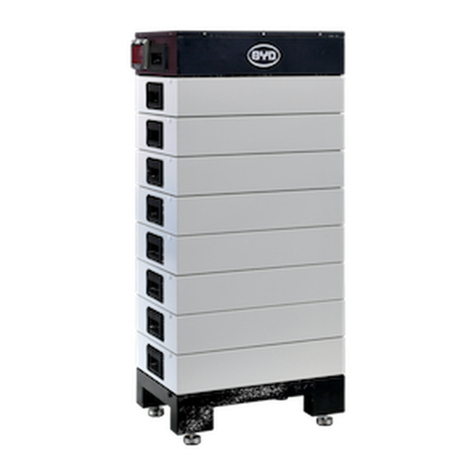BYD Battery-Box Pro series Instruction Manual
Other BYD Camera Accessories manuals
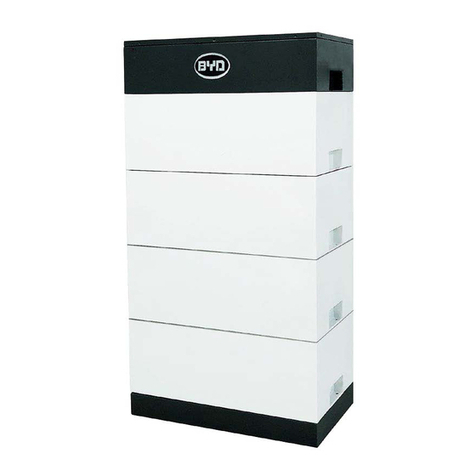
BYD
BYD Battery-Box L 3.5 User manual
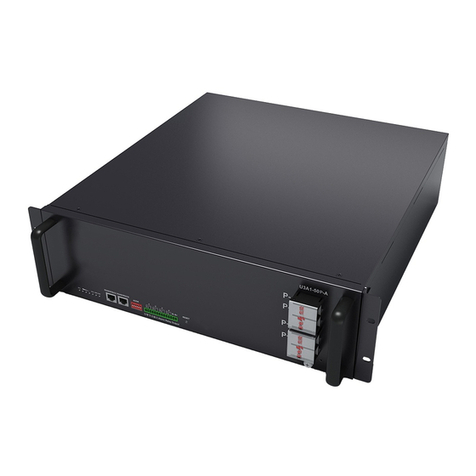
BYD
BYD B-BOX 2.5 User manual
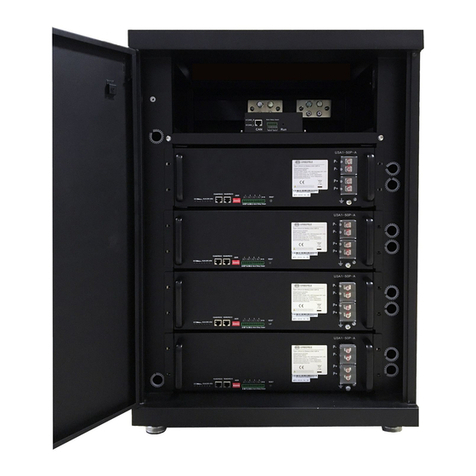
BYD
BYD Battery-Box Pro 2.5 User manual

BYD
BYD H 5.0 User manual
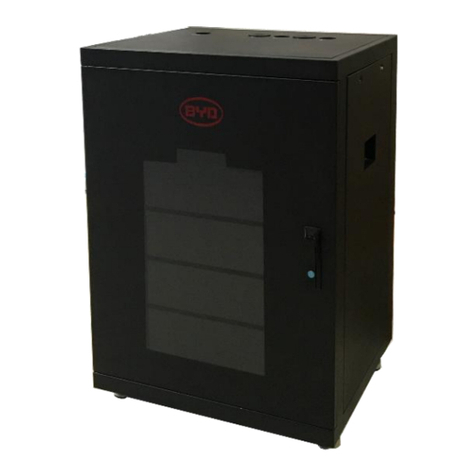
BYD
BYD B-BOX 10.0 User manual

BYD
BYD Battery-Box Premium LVL 15.4 User manual
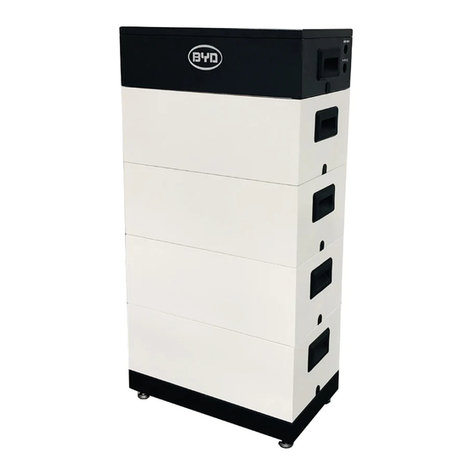
BYD
BYD B-Box H User manual
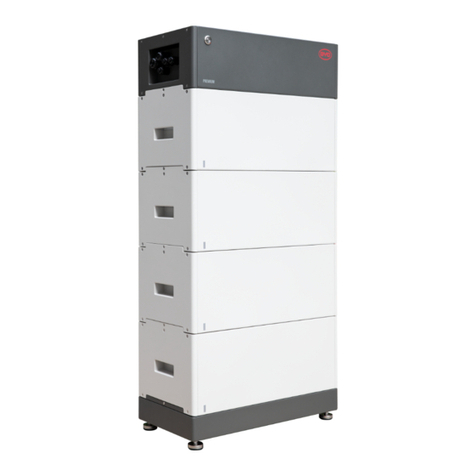
BYD
BYD HV Series User manual

BYD
BYD HVS 5.1 User manual
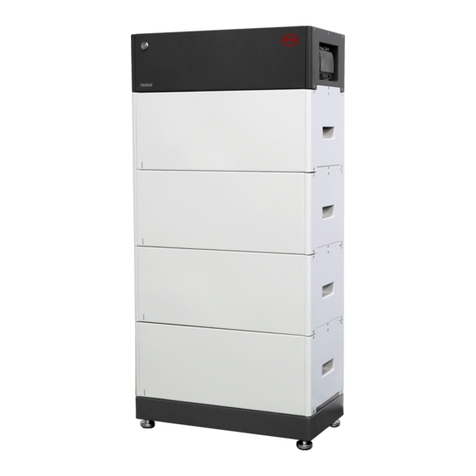
BYD
BYD HVS 5.1 User manual
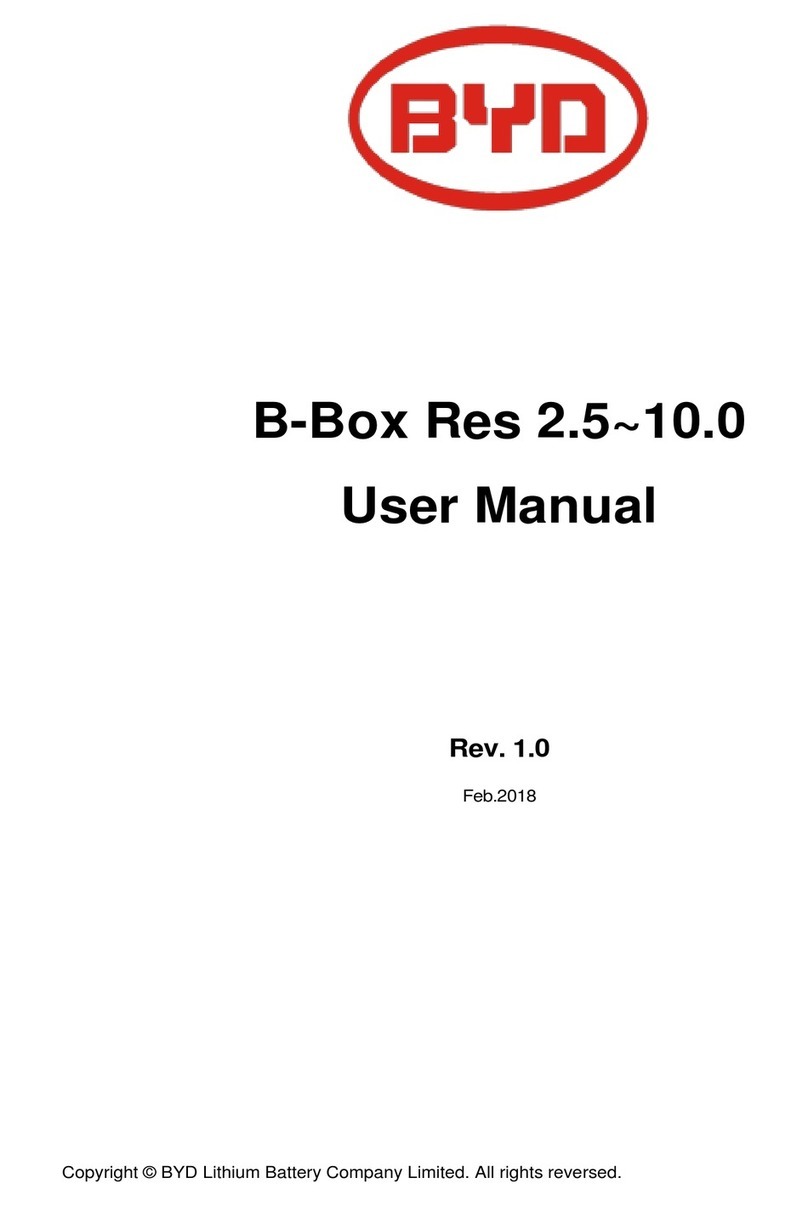
BYD
BYD B-Box Res 2.5 User manual

BYD
BYD Battery-Box Premium LVL 15.4 User manual
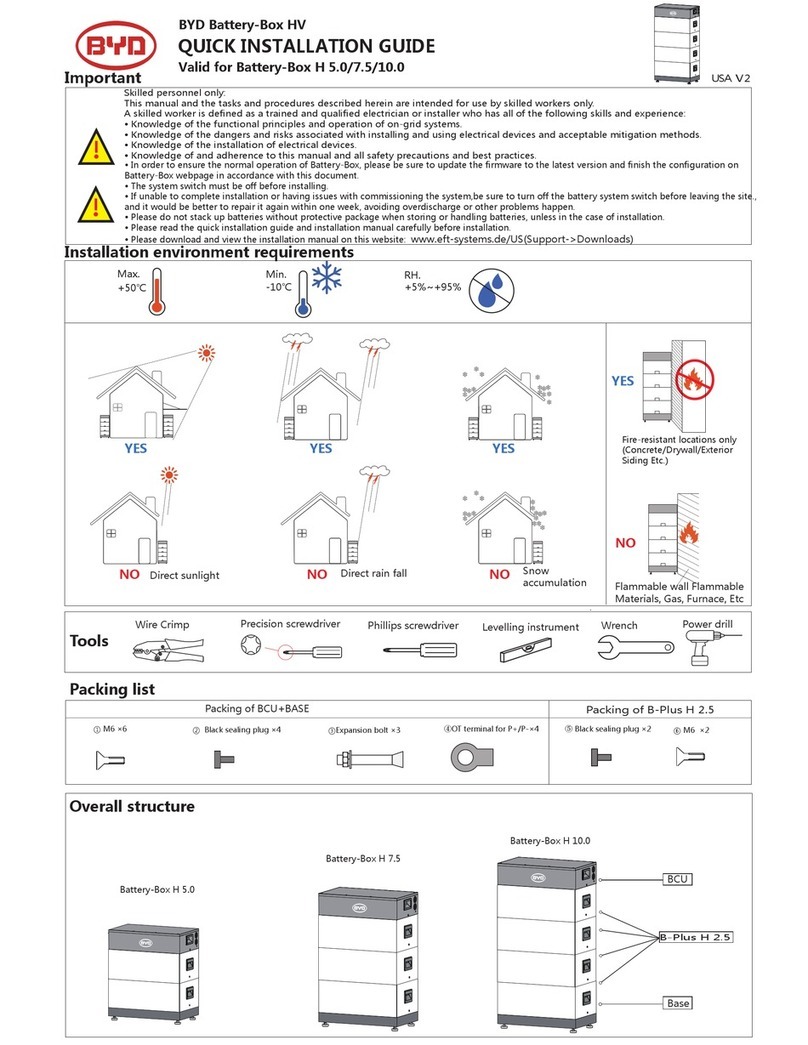
BYD
BYD Battery-Box H 5.0 User manual
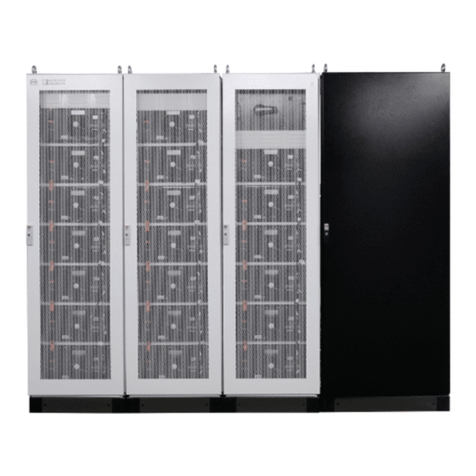
BYD
BYD Battery-Box C130 User manual
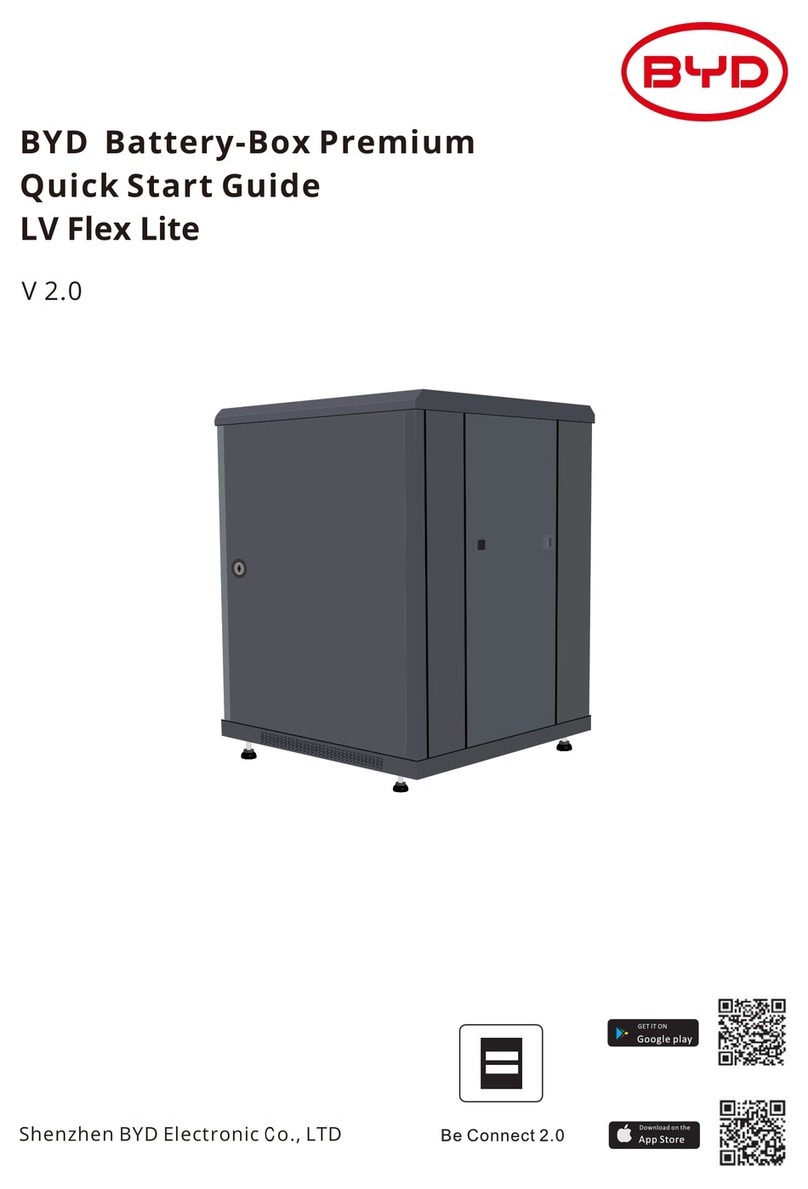
BYD
BYD Premium LV Flex Lite User manual
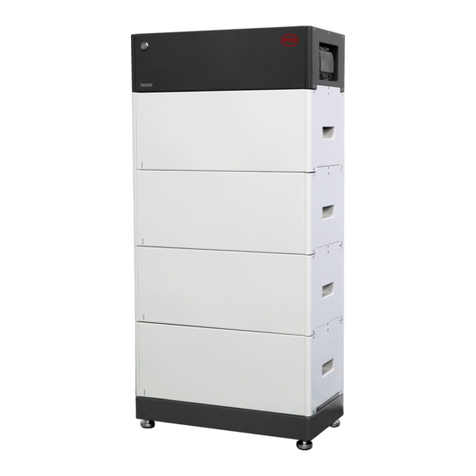
BYD
BYD Battery-Box Premium HVS Series Instruction Manual

BYD
BYD Battery-Box Pro series User manual
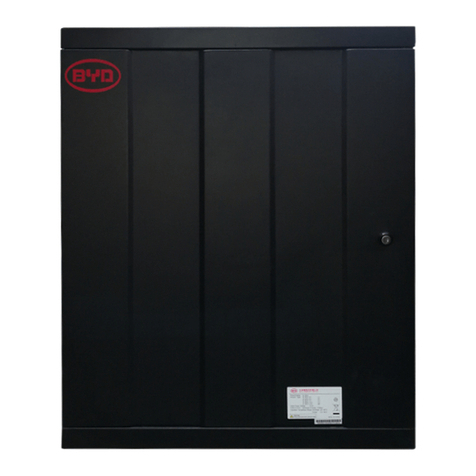
BYD
BYD Battery-Box Pro series User manual
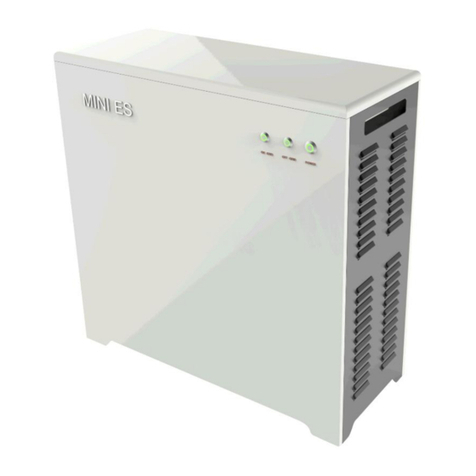
BYD
BYD MINI ES-P30B3-AU-R2 User manual

BYD
BYD Battery-Box HV User manual
Popular Camera Accessories manuals by other brands

Trojan
Trojan GC2 48V quick start guide

Calumet
Calumet 7100 Series CK7114 operating instructions

Ropox
Ropox 4Single Series User manual and installation instructions

Cambo
Cambo Wide DS Digital Series Main operating instructions

Samsung
Samsung SHG-120 Specification sheet

Ryobi
Ryobi BPL-1820 Owner's operating manual


